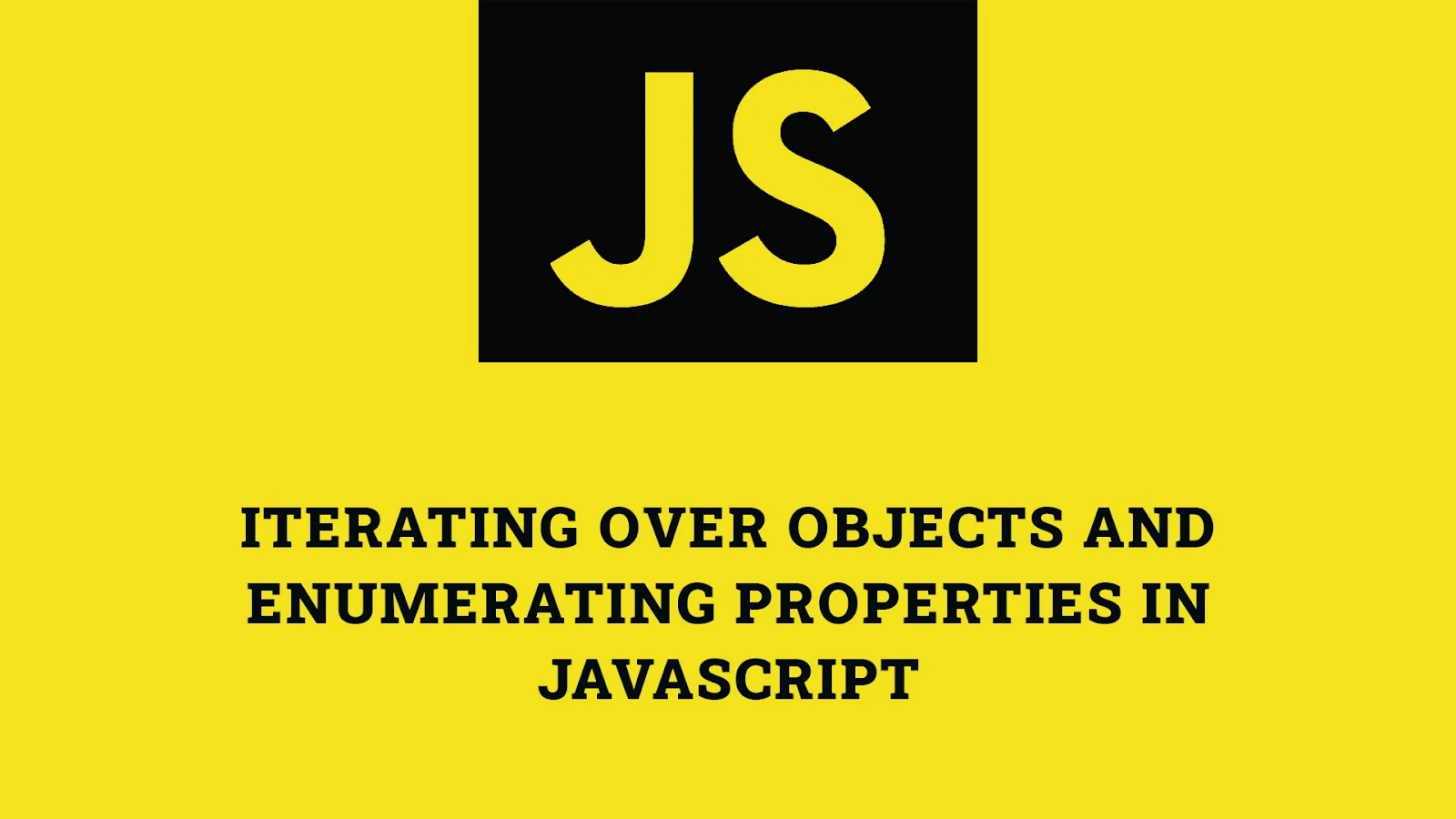Introduction
Objects are a fundamental part of JavaScript, representing collections of key-value pairs. Iterating over objects and enumerating their properties is a common task in JavaScript development. This article explores various methods to iterate over objects and enumerate properties, providing detailed explanations and examples to help you master these techniques.
Using for...in Loop
The for...in loop is a simple way to iterate over all enumerable properties of an object. It iterates over the object's own properties as well as those inherited from its prototype chain.
Basic Example of for...in Loop
const person = { name: "Alice", age: 30, city: "New York" };
for (const key in person) {
if (person.hasOwnProperty(key)) {
console.log(key, person[key]);
}
}This example logs all the own properties of the person object. The hasOwnProperty method is used to filter out properties inherited from the prototype chain.
Iterating Over Inherited Properties
If you want to iterate over all properties, including those inherited from the prototype chain, you can omit the hasOwnProperty check.
function Person(name, age) {
this.name = name;
this.age = age;
}
Person.prototype.city = "New York";
const alice = new Person("Alice", 30);
for (const key in alice) {
console.log(key, alice[key]);
}This example includes the inherited property city in the iteration.
Using Object.keys(), Object.values(), and Object.entries()
JavaScript provides several methods to iterate over object properties more efficiently and with better control. These methods include Object.keys(), Object.values(), and Object.entries().
Using Object.keys()
The Object.keys() method returns an array of a given object's own enumerable property names.
const person = { name: "Alice", age: 30, city: "New York" };
Object.keys(person).forEach((key) => {
console.log(key, person[key]);
});Using Object.values()
The Object.values() method returns an array of a given object's own enumerable property values.
Object.values(person).forEach((value) => {
console.log(value);
});Using Object.entries()
The Object.entries() method returns an array of a given object's own enumerable property [key, value] pairs.
Object.entries(person).forEach(([key, value]) => {
console.log(key, value);
});Using Object.getOwnPropertyNames() and Object.getOwnPropertySymbols()
These methods allow you to get a more comprehensive list of an object's properties, including non-enumerable properties and symbol properties.
Using Object.getOwnPropertyNames()
The Object.getOwnPropertyNames() method returns an array of all properties (enumerable or not) found directly upon a given object.
const obj = { a: 1 };
Object.defineProperty(obj, "b", {
value: 2,
enumerable: false
});
Object.getOwnPropertyNames(obj).forEach((prop) => {
console.log(prop, obj[prop]);
}); // Output: a 1, b 2Using Object.getOwnPropertySymbols()
The Object.getOwnPropertySymbols() method returns an array of all symbol properties found directly upon a given object.
const symbol1 = Symbol("symbol1");
const symbol2 = Symbol("symbol2");
const obj = {
[symbol1]: "value1",
[symbol2]: "value2"
};
Object.getOwnPropertySymbols(obj).forEach((symbol) => {
console.log(symbol.toString(), obj[symbol]);
}); // Output: Symbol(symbol1) "value1", Symbol(symbol2) "value2"Fun Facts and Little-Known Insights
- Fun Fact: The
for...inloop not only iterates over an object's own enumerable properties, but also those inherited from its prototype chain. Always usehasOwnPropertyto filter out inherited properties when necessary. - Insight: Using
Object.keys(),Object.values(), andObject.entries()provides more control over which properties you iterate over, focusing only on the object's own properties. - Secret: The
Object.getOwnPropertyNames()andObject.getOwnPropertySymbols()methods reveal properties that might otherwise be hidden, offering a deeper look into the object's structure.
Conclusion
Iterating over objects and enumerating their properties is a fundamental aspect of JavaScript programming. By mastering various techniques such as for...in loops, Object.keys(), Object.values(), Object.entries(), Object.getOwnPropertyNames(), and Object.getOwnPropertySymbols(), you can effectively manage and manipulate object data. Understanding these methods not only enhances your coding efficiency but also provides deeper insights into how JavaScript objects work.
 Reviewed by Curious Explorer
on
Saturday, November 30, 2024
Rating:
Reviewed by Curious Explorer
on
Saturday, November 30, 2024
Rating:




No comments: